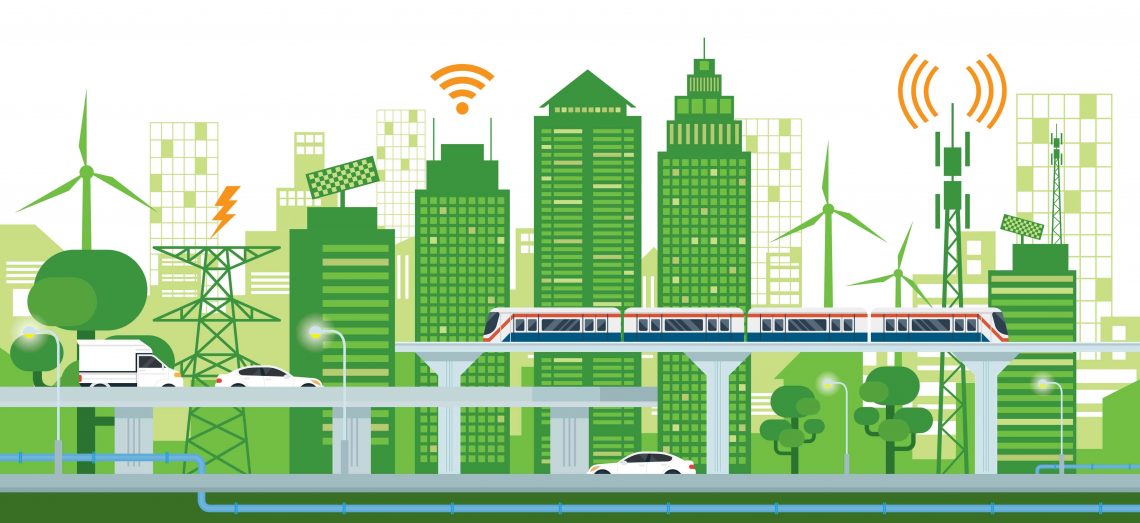
Sustainable transportation is essential to reducing our carbon footprint and preserving our planet for future generations. With the transportation sector being a significant contributor to greenhouse gas emissions, we must look for ways to make mobility more sustainable.
Key concept: (Convenience)
One of the key factors in encouraging sustainable transportation is convenience. People need to feel that sustainable options are easy and accessible for them to choose them over less eco-friendly alternatives. For example, if it is easier to drive a car than take public transportation or ride a bike, people are more likely to choose the former.
Fortunately, there are many innovations that are making sustainable transportation more convenient than ever before. One such innovation is the rise of electric vehicles (EVs). EVs are becoming increasingly popular, with many major automakers investing heavily in research and development to make them more affordable and accessible to the average consumer. As more charging stations are installed in cities and highways around the world, the convenience of driving an EV is only going to increase.
Another innovation that is helping to make sustainable transportation more convenient is the rise of shared mobility options such as ride-sharing, bike-sharing, and car-sharing. These services are making it easier for people to get around without having to own their own vehicle, which can be a significant barrier for many people looking to make more sustainable choices. Additionally, many of these services are now offering electric or hybrid options, further reducing their environmental impact.
While convenience is important, it is not the only factor in encouraging sustainable transportation. Governments, businesses, and individuals all have a role to play in creating a more sustainable future. For example, governments can invest in public transportation infrastructure and incentives for EV adoption, while businesses can offer employee transit benefits and support sustainable transportation initiatives in their communities. Individuals can also make choices such as walking or biking for short trips, choosing public transportation over driving alone, and supporting sustainable transportation initiatives in their community.
In conclusion, while convenience is important in encouraging sustainable transportation, it is only one piece of the puzzle. We must continue to innovate and invest in sustainable transportation options and work together to create a more sustainable future for ourselves and future generations
References:
Sustainable transport and air pollution | UNEP – UN Environment Programme
EVO Report 2022 | BloombergNEF | Bloomberg Finance LP (bnef.com)